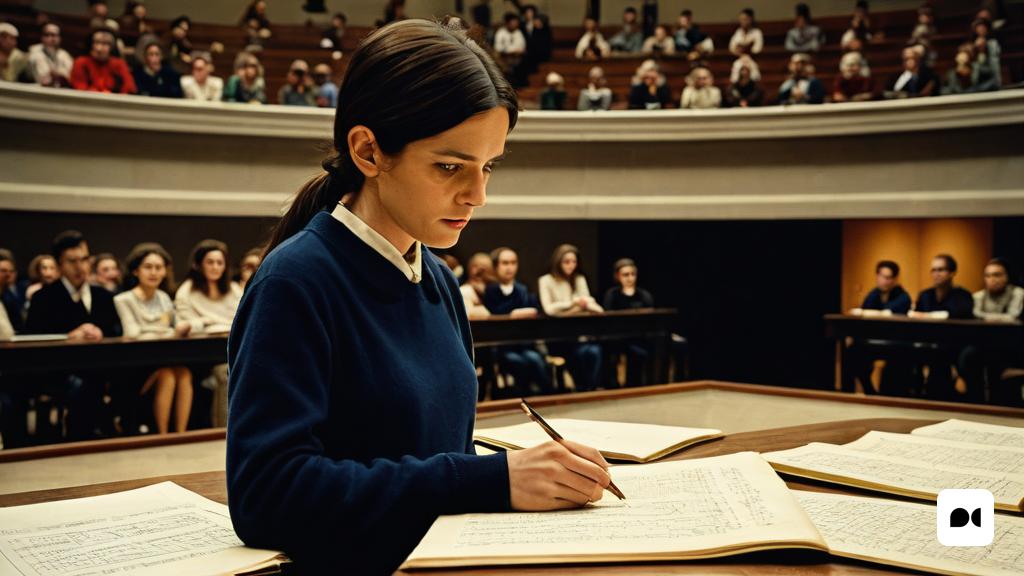A Look at the Show
Mia Parcerisa directs the show ‘No innocent children’ in the Sala Atrium, based on two late documents by Pier Paolo Pasolini. This work offers an approach to the thought of this controversial creator through the theatrical enunciation of two of his last writings, in dialogue with the music that superimposes the speech and enlivens its reception.
The Characters and the Interpretation
Oriol Genís, known for his participation in PPP (2005), plays a prominent role in this play. Accompanied by Pau de Nut, versatile musician and actor, they offer a performance that captivates the audience. Genís mixes with the audience at the entrance of the theater and goes directly to the stage, passing through different interpretive registers, some of which are very inappropriate. The management of Parcerisa has an explicit impact on the acting work, offering a themed and impactful experience.
The Discourse and Criticism of Modernity
Genís’s speech begins with a letter to unhappy young people, addressing topics such as criticism of modernity and the inadequacies of progressive reason. Through a radical representation, the notion of hereditary guilt is questioned and the impact of homologation and fetishism in the new ideology is analyzed. This provocative approach of the visionary artist offers a critical and reflective view on contemporary society.
The Presence of Pau de Nut
The presence and music of Pau de Nut are crucial in this proposal. With a variety of melodies, from Monteverdi to Radiohead or Lou Reed, he brings a unique dimension to the show. His collaboration with Genís creates a complicity and harmony that enrich the theatrical experience, offering a memorable closure.
The Legacy of Pasolini
Pier Paolo Pasolini was recognized as a committed polemicist and solitary prophet. Through this work, the figure and paradox of Pasolini is celebrated in a context of stimulating, uncomplicated hybridity. ‘There are no innocent children’ offers a unique insight into the thinking of this intellectual, enriched by the theatrical interpretation and the music that accompanies it.

